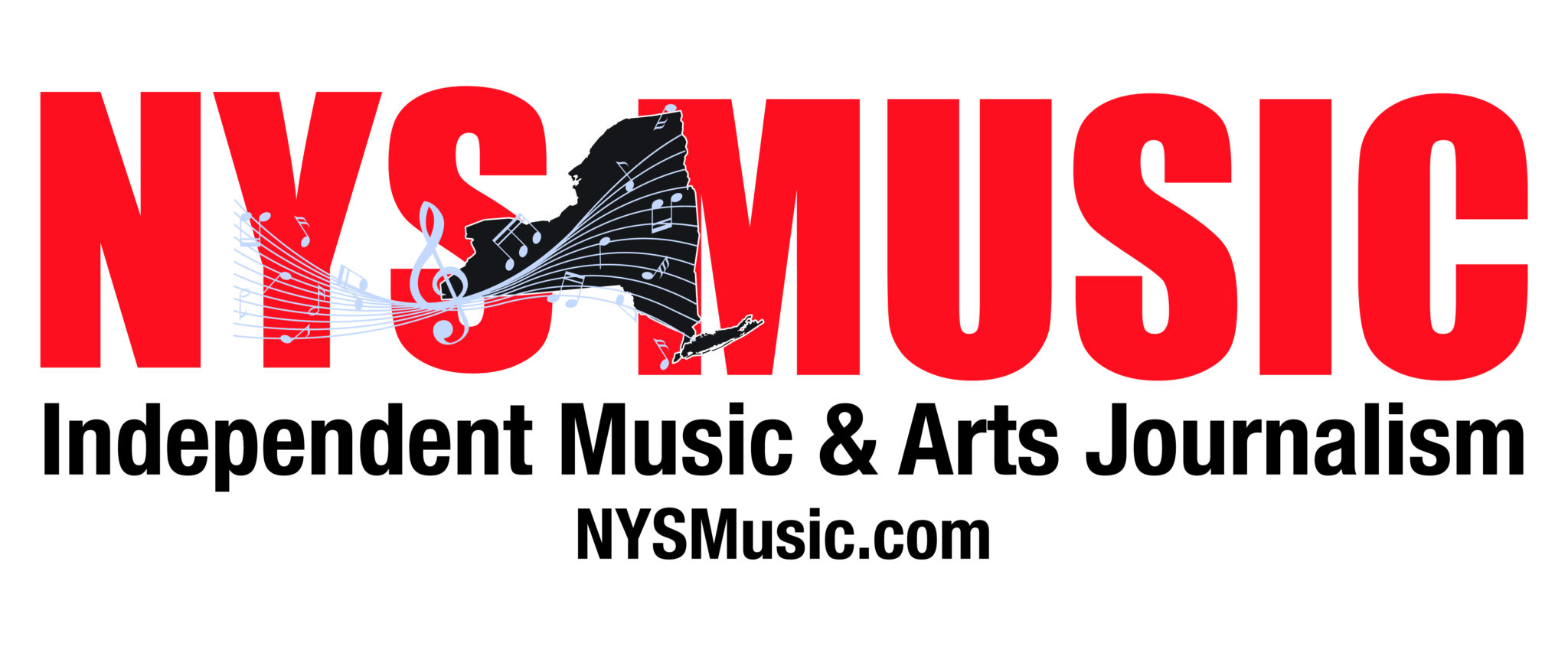NYS Music goes to Cuba is a multi-part series detailing Cuban music and culture, the impact of Western music on Cuban music and the potential for change given the recent pending normalization of relations between the United States and Cuba.
If I’m in Cuba to write about the music scene in Havana, I should probably go to the home of the most famous American writer to ever live in Cuba, right? Chris and I embarked on a five-hour roundtrip journey to Ernest Hemingway’s estate in San Francisco de Paula, about 10 miles away from Havana. We were advised to take a bus there, and seeking the local experience, we sought out bus P7.
It took an hour for a bus to stop at Quatro Caminos that would let more people on. There is no cord to pull to call for a stop, people just hop off and squeeze on as they need. Music plays over the speakers in the bus, some riders bob their heads to the music, some sing along; it’s not radio, it’s bus tuneage. The ride to San Francisco de Paula took nearly 45 minutes, with two-dozen or so stops on a packed double-stretch bus. Not knowing where to get off beyond the town name (there are few street signs in Cuba), a local on the bus advises us where to get off and we venture up a side street to Hemingway’s unassuming estate located in a small village.
The estate is mostly quiet. Hemingway had quite the collection of vinyl it seems—Edith Piaf, Louis Armstrong, Benny Goodman, Fats Waller, Marlene Dietrich, Bach, Verdi, Beethoven, calypso music and dozens more. We finish touring the estate, preserved quite nicely, and are greeted by a four-piece acoustic group performing at the outdoor bar near the souvenir stands. While drinking our rum-pineapple-sugar cane-lime cocktail (dangerously delicious), we listen to Johan y Son de Verdad (Johan and the Song of Truth). They play original fusion music, combining elements of Cha Cha, Ballad, Rock, Flamenco, African and Cuban music with covers of the Beatles (“Yesterday”) and the Eagles (“Hotel California”). We speak to the band with the help of bartender Yaniel.
The band gets their instruments from Colombia, as commercial instruments are not readily available in Cuba, where it is difficult and expensive for them to acquire; the same goes for strings for guitar and bass. The group is influenced by Latin jazz, funky styles of music, reggae and balada (or ballad; light music, such as the Eagles). The themes of their music are romance, women and life—no fantasy here. They share real experiences about real life in Cuba. I wish I knew what their lyrics translated to, so I could grasp this aspect of their music. Knowing we are American, they offer up a nine-minute instrumental of “Hotel California.” Of all the songs.
We head back to the souvenir stand and spot Americans —we are an easy bunch to pick out of the crowd here—and meet Polly and Linda from Watervliet, minutes away from where I live. Discussing the purpose of our travel (they for cultural exchange on a charter tour), they speak highly of La Bonita in Miramar and the singer Ahokan, who they saw the night before. If we had more time (and money), we’d be hitting more of Miramar, which seems to be the tourist hot spot of greater Havana.


Comments are closed.